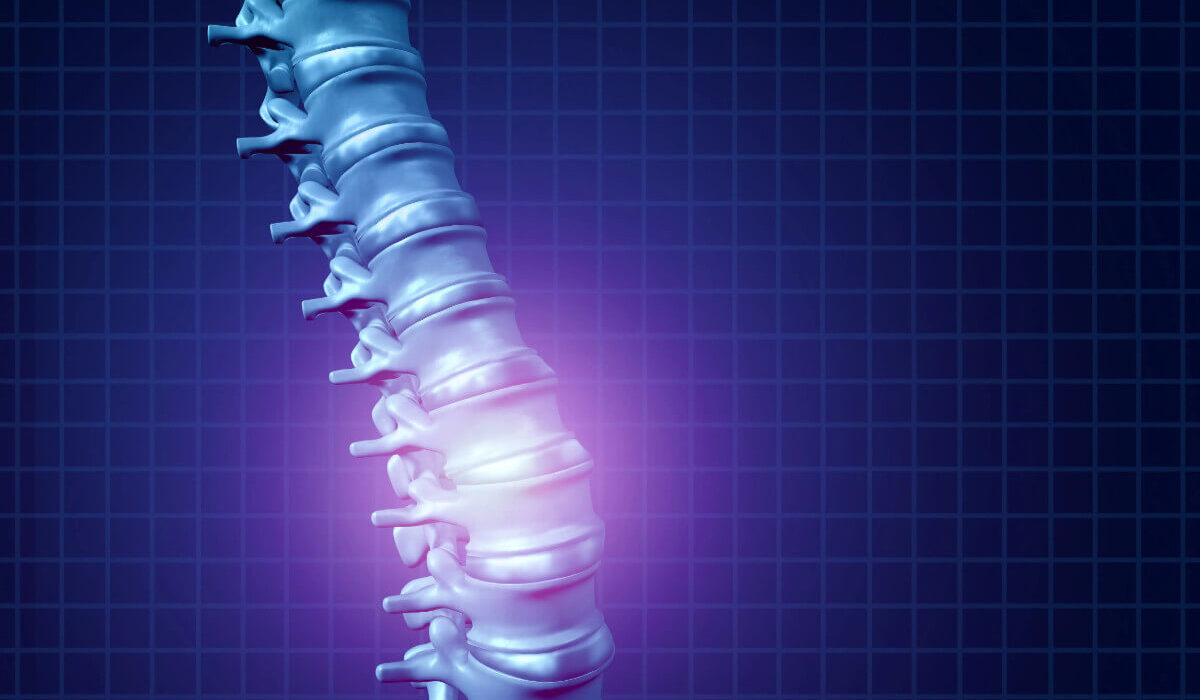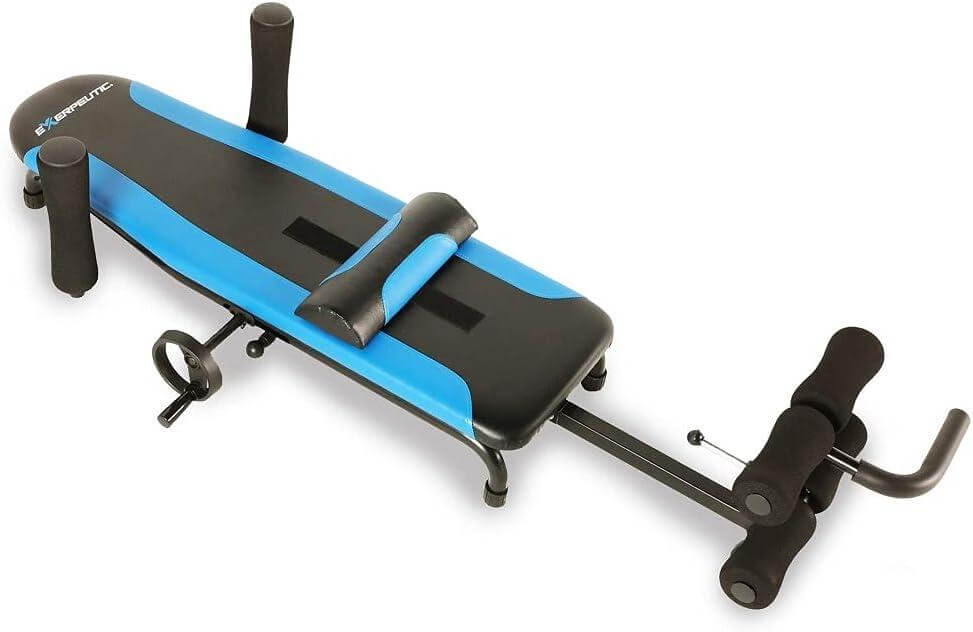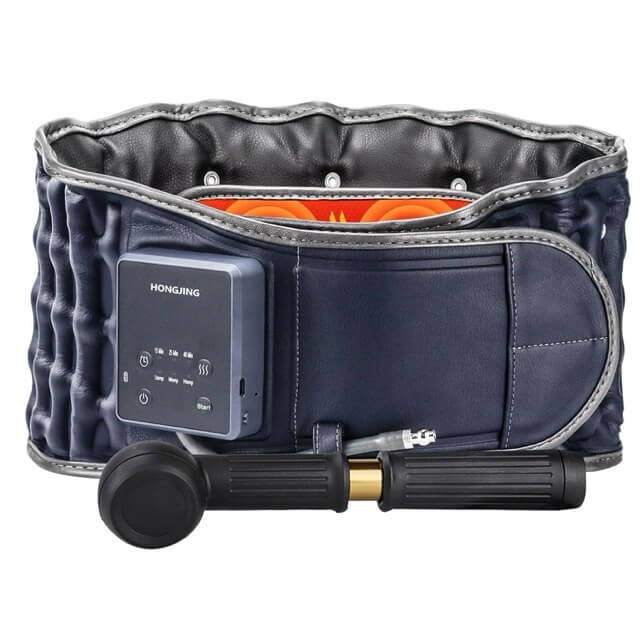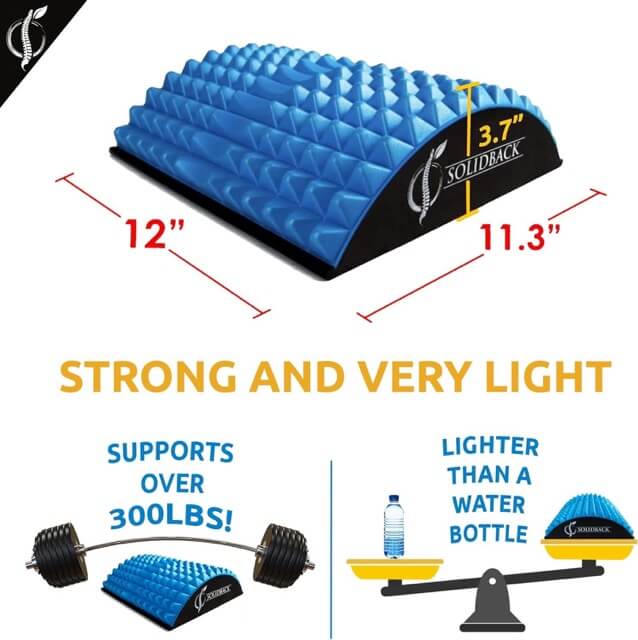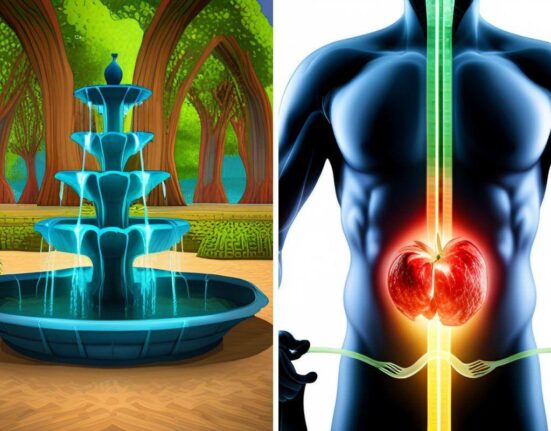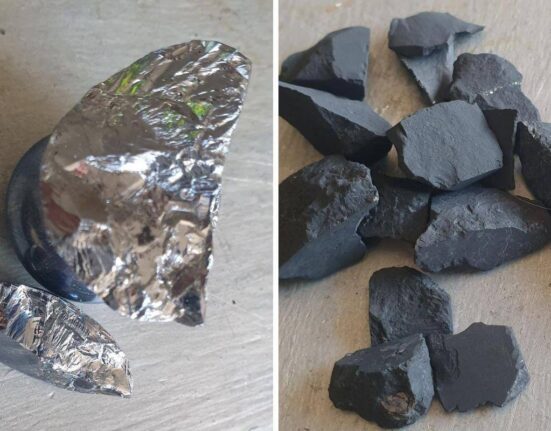Back pain can be a debilitating condition that affects millions of people worldwide. Spinal decompression at home is a non-surgical method that can help alleviate pain and improve overall spinal health. This informative article will delve into the benefits of spinal decompression, how it can be done safely at home, and preventative measures to maintain a healthy spine.
Key Takeaways:
Spinal decompression at home can provide significant pain relief for individuals suffering from back pain.
It is a cost-effective and convenient method that can be incorporated into daily routines.
Regular practice of spinal decompression exercises can help prevent future spinal issues.
Spinal decompression therapy addresses several common conditions, including:
1. Herniated Disks
Spinal decompression therapy provides relief for individuals suffering from herniated disks by gently stretching the spine and relieving pressure on the affected area.
2. Sciatica
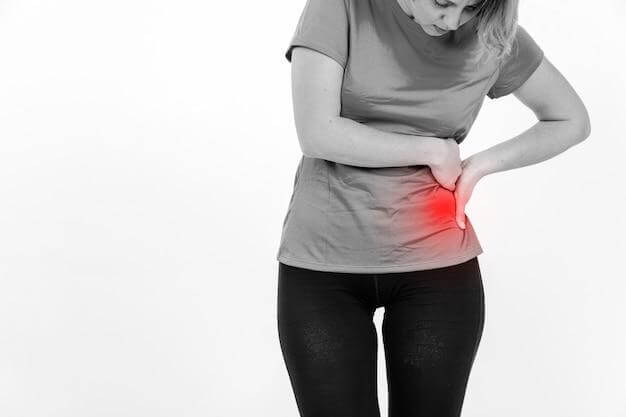
4. Degenerative Disks
For individuals experiencing degenerative disk issues, spinal decompression therapy aims to slow down the degeneration process and alleviate associated pain through targeted treatment.
5. Post-Surgical Recovery
Spinal decompression therapy can aid in post-surgical recovery by promoting healing, reducing inflammation, and enhancing overall spinal health following surgical procedures.
Understanding Spinal Decompression
Spinal decompression is a therapeutic technique aimed at relieving pressure on the spine. It involves stretching the spine using various methods to create negative pressure within the intervertebral discs.

Tone and Tighten shows some easy exercises to do at home to decompress the spine.

It’s a gentle process that can be tailored to individual needs and is often used as a complementary treatment for conditions such as herniated discs, sciatica, and degenerative disc disease.
Impact of Nerve Issues and Herniated Disks in the Spine

1. Non-Invasive Solution
Engaging in spinal decompression at home is a non-invasive approach that can significantly reduce back pain and discomfort.
2. Enhanced Healing Process

3. Improved Spinal Mobility and Flexibility
At-home spinal decompression can contribute to improved spinal mobility and flexibility, leading to a better range of motion and overall quality of life.
4. Time-Saving and Cost-Effective
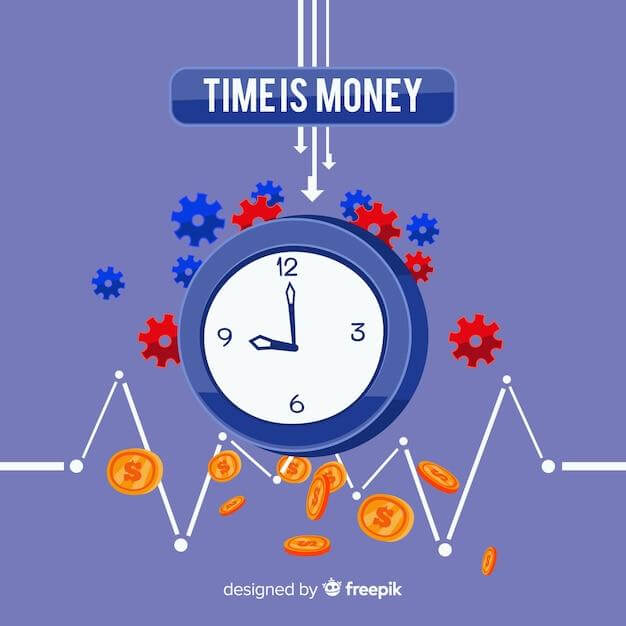
How to Get Started with Spinal Decompression
Before starting any spinal decompression routine at home, it’s crucial to consult with a healthcare professional to ensure it’s safe for your specific condition. Once you have the green light, you can begin with simple exercises that don’t require any special equipment.
One basic technique is to lie on your back with your knees bent and gently pull one knee towards your chest, hold for a few seconds, and then switch to the other knee. This simple movement can help stretch the lower back and create space between the vertebrae.
Equipment for Home Spinal Decompression
For those looking to enhance their spinal decompression experience, there are various tools available. Inversion tables are popular devices that allow you to hang upside down, using gravity to stretch the spine. Another option is a lumbar traction device, which can be used while lying down to apply a gentle stretch to the lower back.
The best decompression devices keep the person upright, and do not require hanging upside down or from their ankles.
When looking for highly rated products on Amazon that help decompress the spine without requiring the user to hang upside down or from their ankles, it’s important to consider devices that offer safe and effective spinal decompression while keeping the user upright.
Here are some popular and well-reviewed products that fit these criteria. We tried them, and here are our observations:
1. Exerpeutic Alternative Inversion Traction Table
Back Decompression for Lower Back Pain Relief Without Going Upside Down
The Wellthie One Review
Exerpeutic Alternative Inversion Traction Table Product Attributes
- 350 lb capacity
- No need to hang upside down and get dizzy or hurt your ankles
- Gives you control during the process of decompression
- No jolts or jarring
- Adjustable comfort
- Light weight
- Stores under a bed
- No hanging upside down
The Exerpeutic Alternative Inversion Traction Table is helpful for relieving back pain by providing much-needed assistance with spinal decompression. The adjustable aspect, sturdy design, and easy storage make it convenient and it is quite an effective inversion therapy for at home use.
Effective Decompression
The Exerpeutic Alternative Inversion Traction Table excels in providing effective spinal decompression, which can help alleviate back pain by reducing pressure on the discs and promoting relaxation of the muscles.
Improved Spinal Alignment
Using this table can assist in improving spinal alignment, which is crucial for reducing discomfort, enhancing posture, and supporting overall spinal health.
Increased Flexibility
Regular use of this table can lead to increased flexibility in the back and surrounding muscles, aiding in stretching and improving range of motion.
Customizable Settings
The adjustable features of the table allow users to tailor their experience, adapting the inversion angle and settings to suit individual comfort levels and specific stretching needs.
Enhanced Relaxation
Beyond pain relief, the table’s ability to provide gentle traction and decompression can contribute to a sense of relaxation and stress reduction, benefiting overall well-being.
Drawbacks that we experienced after trying the Experpeutic Alternative Inversion Traction Table
After trying the Exerpeutic Alternative Inversion Traction Table, we encountered some drawbacks worth noting.
The device’s method of decompression, which involves pulling on the shoulders and ankles to stretch the spine, can be taxing on these areas.
This resulted in discomfort and pain during use, as the device exerts pressure under the shoulders and at the ankles to achieve spinal decompression.
2. Inflatable Decompression Back Belt
- With Heating & Vibration for Instant Back Pain Relief
- Effective Spinal Back Massager Belt
- Rechargeable Battery
- One Size Fits 29-49
The Wellthie One Review
Positive Attributes of the Inflatable Decompression Back Belt
- Pain Relief: The Inflatable Decompression Back Belt offers targeted decompression, which can help alleviate back pain by gently stretching and relieving pressure on the spinal discs.
- Improved Posture: By supporting the spine and promoting proper alignment, this belt can assist in improving posture, reducing strain on the back muscles, and enhancing overall spinal health.
- Enhanced Mobility: Using this belt can increase flexibility in the spine, leading to improved range of motion and mobility, making daily activities easier and more comfortable.
- Compact and Portable: Its inflatable design makes it easy to transport and use on the go, providing relief from back pain and decompression wherever and whenever needed.
- Customizable Support: The adjustable inflation levels allow for personalized pressure and support, catering to individual needs and preferences for effective decompression therapy.
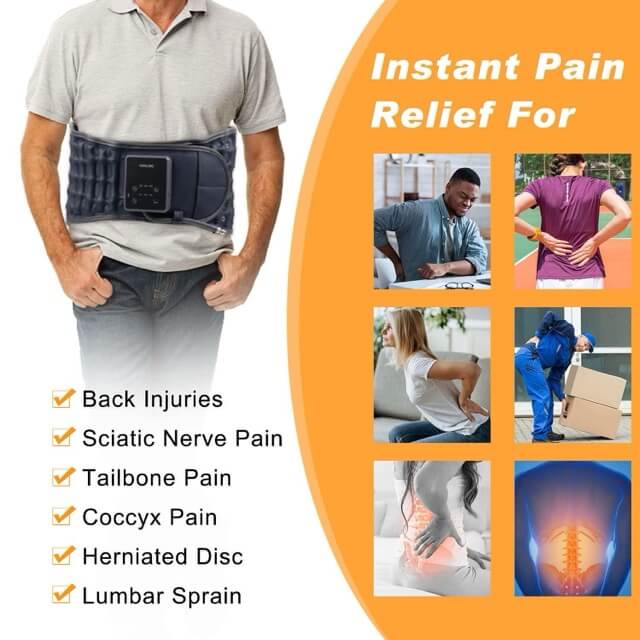
- Limited Durability
Some users may find that the belt’s material is not as durable as expected, leading to potential wear and tear over time. Also, the battery and ability to charge may be cause for it not working optimally. The company seems to be getting better at sending out replacement parts or items when this occurs.
- Fit Issues
Depending on body shape and size, the belt may not provide a perfect fit for all users, potentially affecting its effectiveness in providing targeted decompression.
- Air Leakage
There have been reports of air leakage issues with the belt, requiring frequent re-inflation and potentially impacting its ability to maintain consistent pressure.
- Comfort Concerns
While designed for decompression, some users may find the belt uncomfortable to wear for extended periods, affecting the overall user experience.
- Adjustment Challenges
Users may encounter difficulties in adjusting the inflation levels to achieve the desired decompression effect, leading to potential usability challenges.
3. Solid Back Stretcher for Lower Back Pain Relief
Good for:
- Sciatica Pain Relief
- Neck and Back Stretcher
- Back Decompression
- Spine Corrrector
- Chiropractic Stretch
- Spinal Stenosis
The Wellthie One Review
Positive Attributes Regarding the SolidBack Stretcher
- Versatile Pain Relief
The Solid Back Stretcher offers relief from lower back pain, sciatica pain, and neck discomfort, providing a versatile solution for various types of back-related issues.
- Effective Decompression
This stretcher aids in back decompression, helping to alleviate pressure on the spine and promote spinal alignment, which can be beneficial for conditions like sciatica nerve pain and spinal stenosis.
- Multi-Purpose Design
Designed as a spine corrector and chiropractic stretch tool, this device targets multiple areas of the back, offering a comprehensive approach to addressing pain and discomfort.
- Portable and Lightweight
Its compact and lightweight design makes it easy to transport and use anywhere, allowing users to experience relief from back pain and decompression on the go.
- Adjustable and Comfortable
The stretcher is adjustable to accommodate different body sizes and preferences, ensuring a comfortable experience while effectively stretching and supporting the back.
Cons or Concerns regarding the SolidBack Stretcher
- Initial Discomfort
Some users may experience initial discomfort or soreness when using the Solid Back Stretcher, especially if they are not accustomed to back stretching or decompression devices.
- Limited Effectiveness for Severe Conditions
While beneficial for general back pain relief and spinal alignment, this stretcher may have limited effectiveness for individuals with severe spinal conditions or injuries that require specialized medical attention.
- Fit and Adjustment Issues
Users with unique body shapes or sizes may encounter challenges in finding the right fit or adjusting the stretcher to their specific needs, potentially affecting its overall effectiveness.
- Stability Concerns
Depending on the surface it is used on, the stretcher may not provide optimal stability, leading to potential slips or shifts during use, which can impact the user’s experience.
- Durability Questions
Some users may raise concerns about the long-term durability of the materials used in the stretcher, questioning its ability to withstand frequent use over an extended period.
Exercises for Spinal Decompression
In addition to using equipment, there are several exercises that can promote spinal decompression. The child’s pose, a common yoga position, is excellent for stretching the spine and relieving tension in the back. Another effective exercise is the pelvic tilt, which strengthens the abdominal muscles and supports the lower back.
When performing these exercises, focus on slow, controlled movements and maintain proper breathing to maximize the decompressive effect.
Incorporating Decompression into Your Routine
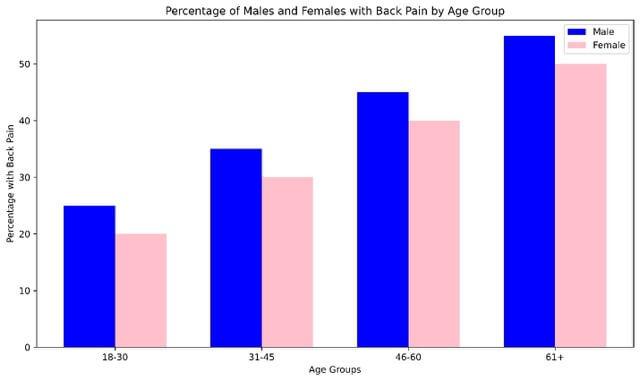
To reap the full benefits of spinal decompression at home, it’s essential to make it a regular part of your routine. Aim to perform decompression exercises daily, especially if you spend long hours sitting or engaging in activities that put a strain on your back.
Consistency is key, and over time, you’ll likely notice improvements in your back pain and overall spinal health.
Preventative Measures for Spinal Health
While spinal decompression can provide relief, it’s also important to take preventative measures to avoid future back problems.
Maintaining good posture
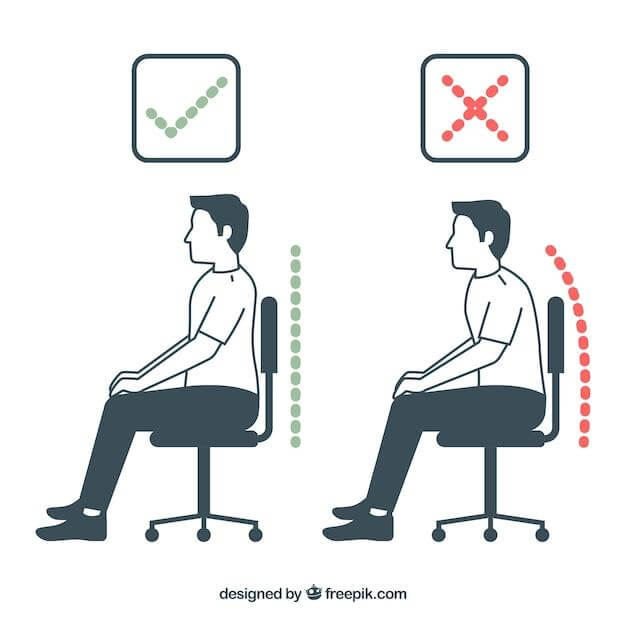
Engaging in regular physical activity

Additionally, ensuring that your work and sleep environments support your back can go a long way in preventing pain and discomfort.
Summary About Spinal Decompression At Home
Spinal decompression at home is a valuable technique for those suffering from back pain. It offers a range of benefits, including pain relief, improved mobility, and the potential to prevent future spinal issues.

FAQ Section on Spinal Decompression At Home
Q: Is spinal decompression at home safe for everyone?
A: While spinal decompression at home can be safe for many individuals, it’s not suitable for everyone. It’s important to consult with a healthcare professional before starting any new exercise regimen, especially if you have a pre-existing spinal condition.
Q: How often should I perform spinal decompression exercises?
A: For best results, aim to perform spinal decompression exercises daily. Consistency is crucial for achieving and maintaining pain relief and improved spinal health.
Q: Can spinal decompression at home replace medical treatment?
A: Spinal decompression at home should not be seen as a replacement for professional medical treatment. It can be an effective complementary therapy, but it’s important to follow the advice of your healthcare provider regarding the management of any spinal conditions.
Article photos courtesy of Freepik.com
The links used on thewellthieone.com are affiliate links, which may provide a small commission. This does not increase the price of the goods for the consumer whatsoever. What it does is ensure that useful content like this can continue to be produced. Thank-you for enjoying our content and allowing us to continue to provide more.

